Walter Wick, A Drop of Water
“The most spectacular photographs ever created on the subject of water appear in this unique science book by Walter Wick. The camera stops the action and magnifies it so that all the amazing states of water can be observed: water as ice, rainbow, steam, frost, and dew. Readers can examine a drop of water as it falls from a faucet, see a drop of water as it splashes on a hard surface, count the points of an actual snowflake, and contemplate how drops of water form clouds.” This blurb is from the publisher. I agree with every statement and cannot say it better.
Snowflake Bently by Jacquline Briggs Martin
“Of all the forms of water the tiny six-pointed crystals of ice called snow are incomparably the most beautiful and varied.” — Wilson Bentley (1865-1931)
From the time he was a small boy in Vermont, Wilson Bentley saw snowflakes as small miracles. And he determined that one day his camera would capture for others the wonder of the tiny crystal. Bentley’s enthusiasm for photographing snowflakes was often misunderstood in his time, but his patience and determination revealed two important truths: no two snowflakes are alike; and each one is startlingly beautiful. His story is gracefully told and brought to life in lovely woodcuts, giving children insight into a soul who had not only a scientist’s vision and perseverance but a clear passion for the wonders of nature. Snowflake Bentley won the 1999 Caldecott Medal.
Also from the publisher’s website
What is the connection?
In Writing Boxes: The reading/writing connection in libraries (University of Minnesota Libraries Publishing, 2019, to buy or free download https://www.lib.umn.edu/publishing/writingboxes)
I suggested reading aloud a picture book and then having the listeners fact-check using another resource. For younger children, it might mean reading aloud Snowflake Bentley and asking “how we know that the information is true?” or ” Did Bentley use a feather to pick up individual snow crystals and transfer them from the collecting tray to a microscope slide to photograph them?”
We can then read aloud from Walter Wick’s book Water and see how Wick reproduced the process. For more from Walter Wick, go to his website here.

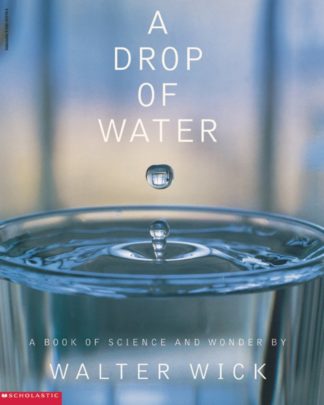
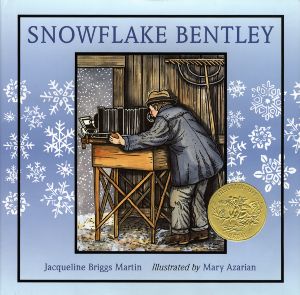


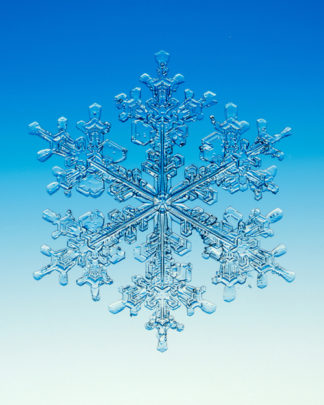
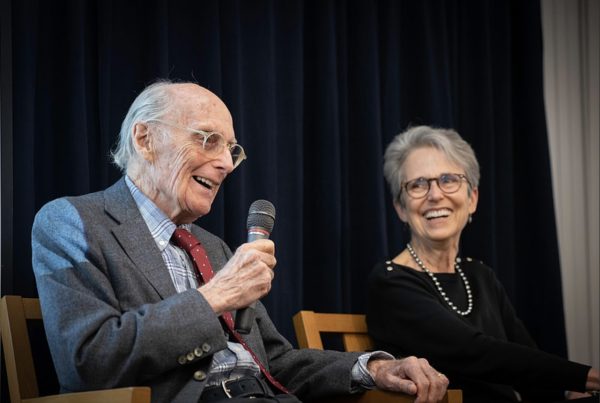

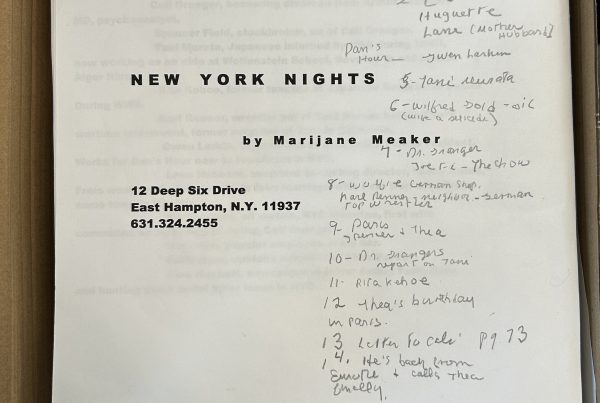

Thanks so much Lisa for bringing Snowflake Bentley into the conversation about science, beauty, water and ice. He used the turkey feather to wipe his collecting tray clean when he had decided there were no saveable crystals on it. He did pick up individual snow crystals on the pointed end of the feather and transfer them from the collecting tray to a microscope slide.
Best,
Jackie
Thank you Jackie, I corrected the post. I didn’t have the books in front of me when I was writing. I have in front of me “A Ray of Light” by Walter Wicks and Fiona Robinson’s “Bluest of Blues: Anna Atkins and The First Book of Photographs” and was making intertextualconnections between the two when I remember how many times I had read aloud “Snowflake Bentley”